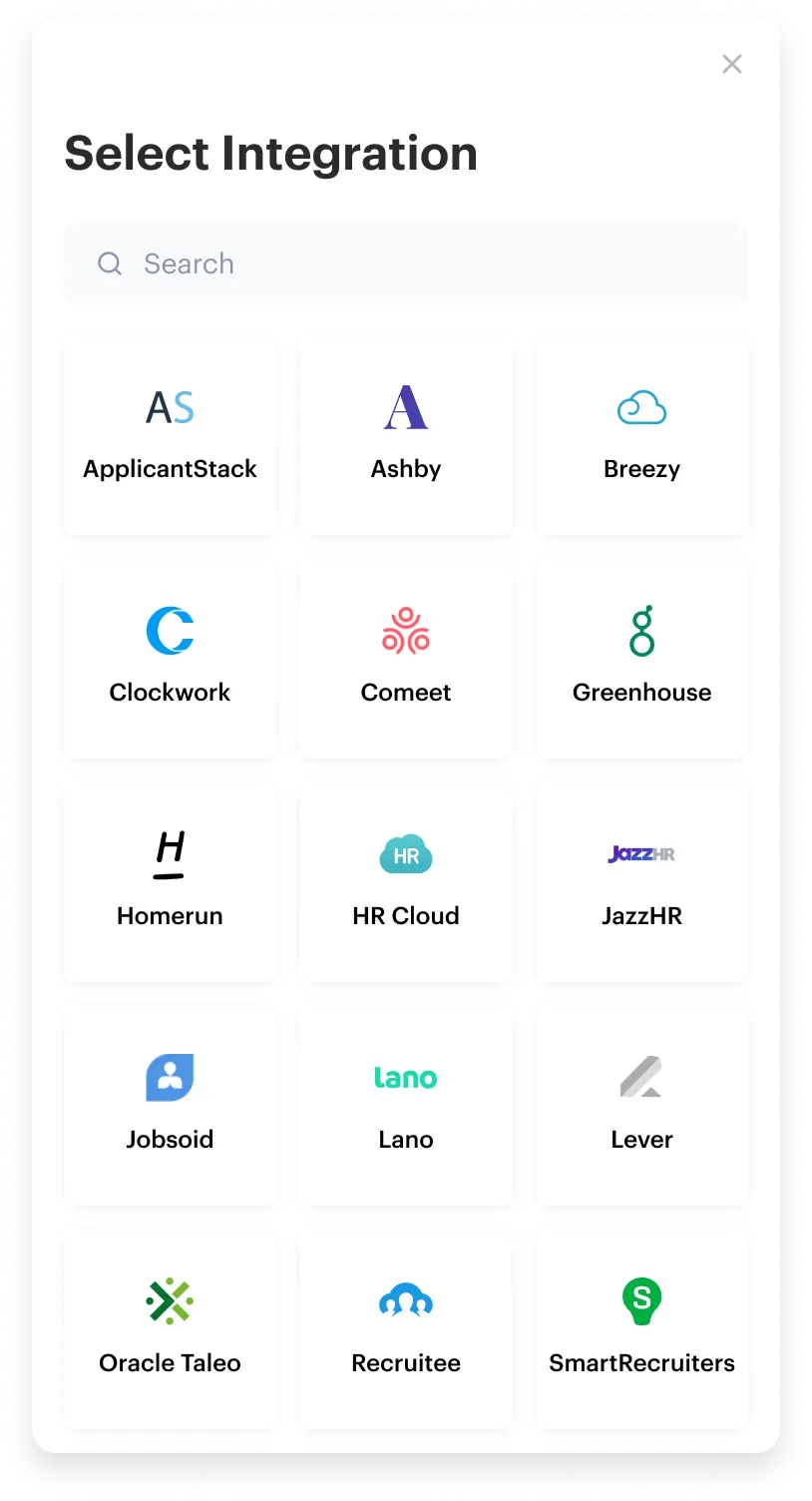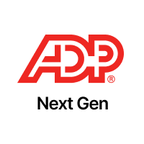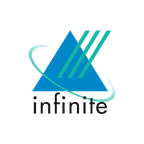Integrate Workday with your product—along with any other HR & payrollATS application
Connect your product to all the applications your customers use via Merge's Unified API to close more deals, retain customers, and expand to new markets








Sync Workday data
Accounts
An Account represents a category in a company’s ledger in which a financial transaction is recorded against. The aggregation of each Account object is often referred to as the Chart of Accounts. An Account can be classified into one of the following categories, determined through the classification field: Asset:__ Accounts Receivable and Bank Accounts Liability:__ Accounts Payable and Credit Card Accounts Equity:__ Treasury Accounts and Retained Earnings Revenue:__ Income and Other Income Expense:__ Cost of Goods Sold and Office Expenses
Contacts
A Contact is an individual or business entity to which products and services are sold to or purchased from. The Contact model contains both Customers, in which products and services are sold to, and Vendors (or Suppliers), in which products and services are purchased from. A Contact is a Vendor/Supplier if the is_supplier property is true. A Contact is a customer if the is_customer property is true.
Journal Entries
A JournalEntry is a record of a transaction or event that is entered into a company's accounting system. The JournalEntry common model contains records that are automatically created as a result of a certain type of transaction, like an Invoice, and records that are manually created against a company’s ledger. The lines of a given JournalEntry object should always sum to 0. A positive net_amount means the line represents a debit and a negative net_amount represents a credit.
Employments
The Employment object is used to represent a job position at a company. If an integration supports historical tracking of employments, it will be reflected in the data. If not, a new Employment object will be created whenever there is a change in job title or pay. The effective_date field should be used to order Employment objects, with the most recent date corresponding to the latest employment record for an employee.
FAQ on integrating with Workday API
Can I control what Workday data is synced using Merge?
Yes, Merge allows you to customize which fields and records from Workday are synced into your application with Selective Sync, giving you greater control over the data flow and ensuring compliance with your data minimization policies.
What type of logging and issue detection does Merge offer for Workday integrations?
Merge provides real-time issue detection—along with suggested remediation steps—and logging.
Through the logs, you can access all of the pertinent details on requests and responses (e.g., query parameters, response bodies, etc.). You can also filter these logs by dates, response codes, directions, integrations (assuming you offer more integrations than Workday), customers, and more.
Using Merge’s automated issue detection functionality, you can diagnose issues like invalid credentials, expired API keys, and missing permissions with ease. And for any issue, Merge will also provide the steps necessary to resolve it, which your customer success team can pass along to the affect customer(s).
Does Merge support single sign-on (SSO) with Workday?
While Merge supports integrations with several SSO platforms, such as Okta, OneLogin, and PingOne, it also enables authentication with Workday via OAuth through the Merge Link flow, ensuring a seamless and secure integration process.
What are some common use cases for integrating Workday with my product?
The use cases can vary widely and naturally depend on the type of platform you offer. That said, some common use cases for a Workday integration include the following:
- Automated provisioning: add or remove users in your product as soon as they’re added or removed in customers' instances of Workday
- Streamlined employee gifting: Help your customers determine which gifts to send to their employees on time by syncing fields like start date, job title, and more between your gifting platform and your customers' instances of Workday
- Compensation analysis: Enable your customers to pinpoint trends, issues, opportunities, and more in your product by syncing employee data, like salaries, job titles, and departments from their instances of Workday
Does Merge support other HRIS platforms?
Yes, Merge supports over 60 HRIS platforms in addition to Workday. You can also easily integrate with any of these platforms once you’ve built to Merge's HRIS Unified API.
Other commonly-used integrations include BambooHR, ADP Workforce Now, UKG Pro, and SAP SuccessFactors. To see all of the integrations Merge currently supports, you can visit this page.
Is Merge SOC 2 Type 2, HIPAA, GDPR, CCPA, and ISO 27001 compliant?
Yes, Merge is compliant with SOC 2 Type II, GDPR, CCPA, and ISO 27001 standards. These certifications ensure that data security and privacy are handled at the highest industry standards. Merge also follows HIPAA guidelines, ensuring the secure handling of sensitive information.
What sync frequencies are available for Workday integrations through Merge?
Merge supports various sync frequency options, depending on the frequency you set (Daily, Standard, High, and Highest) and the Common Model you’re using (e.g., Application, Attachment, Candidate, etc.).
Generally speaking, you can sync Workday data every 30 minutes, 3 hours, 6 hours, and 24 hours. But you can also sync data outside of these time intervals via Merge’s Force Resync endpoint, and you can sync data in real-time with Merge’s Automatic Webhooks feature.
Learn more about Merge’s sync frequencies for Workday.
What types of data can Merge access from Workday’s endpoints?
Merge can access critical HR information, including employee profiles, payroll, benefits, time-off balances, employment records, and much more.
See the full list of Workday data that Merge can access.
Which organizations use Merge’s Workday integration?
Companies across regions, industries, and sizes use the integration. This includes BILL, Ramp, Navan, Snappy, Ledgy, and Team Ohana.
What are some use cases for Merge’s Workday integration?
Companies will adopt different use cases, depending on their platform and their customers’ needs. That said, common use cases include:
- Automatically adding, updating, and removing users in your platform
- Analyzing employee costs in your financial modeling platform to better determine future hiring decisions—among other types of business decisions
- Feeding HRIS data to your machine learning model to powerful AI features in your product
Discover additional use cases in Merge’s Docs.
What other HRIS integrations does Merge support?
Beyond Workday, Merge offers 70+ HR and payroll integrations through its HRIS Unified API, such as SAP SuccessFactors, ADP, BambooHR, Gusto, and UKG Pro.
The integrations cover popular software solutions across company sizes, industries, and regions, all but ensuring you can offer the HRIS integrations that prospects and customers need.
How long does it take developers to set up a Workday integration?
Most setups take anywhere from a few hours to a couple of days. In addition, once you’ve built to Merge’s HRIS Unified API, you can access all of the other HRIS integrations Merge supports. This significantly reduces the total time and effort dedicated to adding integrations and lets you support customers’ integration needs faster.
New Year's Day - 1/1/2024Memorial Day - 5/27/20244th of July - 7/4/2024Labor Day - 9/2/2024Thanksgiving Day - 11/28/2024Day after Thanksgiving - 11/29/2024Christmas Eve - 12/24/2024Christmas Day - 12/25/2024

Trusted to power integrations at
























Make integrations your competitive advantage
More sales, less code, fewer headaches
Focus on your core product
Stop diverting your engineers to yet another integration and let them get back to work.
Give customer success a break
Manage your simplified integration issues in a single pane. No therapist required.
Stop losing sales due to integrations
Launch integrations in days, not quarters. Your sales team will thank you.
.png)

Integration authentication that feels like magic
Merge seamlessly manages authentication and authorization on behalf of your customers.
Offer account linking and permission controls to your users with Link for a customizable frontend or with Magic Link for URL-based authorization
The toolkit for all your integration needs
We make integrations painless with accessible API design, dead-simple SDKs, and beautiful documentation that we agonize over.
1from merge import Merge
2
3client = Merge(
4 account_token="YOUR_ACCOUNT_TOKEN",
5 api_key="YOUR_API_KEY",
6)
7client.hris.employees.list()import { MergeClient, Merge } from '@mergeapi/merge-node-client';
const merge = new MergeClient({
apiKey: 'YOUR_API_KEY',
accountToken: 'YOUR_ACCOUNT_TOKEN',
});
employee = await merge.hris.employees.list()
ApiClient.instance.authentications.tokenAuth = {
type: 'bearer',
accessToken: 'API_KEY',
};
new EmployeesApi().employeesList('ACCOUNT_TOKEN', {}, (data) => {
console.log(data);
});import (
"context"
"fmt"
merge "github.com/fern-api/merge-go"
mergeclient "github.com/fern-api/merge-go/client"
"github.com/fern-api/merge-go/hris"
)
client := mergeclient.NewClient(
mergeclient.ClientWithAuthApiKey("<YOUR_API_KEY>"),1ApiClient client = Configuration.getDefaultApiClient();
2client.setBasePath('https://api.merge.dev/api/ats/v1');
3ApiKeyAuth tokenAuth = client.getAuthentication('tokenAuth');
4tokenAuth.setApiKey('API_KEY');
5CandidatesApi apiInstance = new CandidatesApi(client);
6apiInstance.candidatesList('ACCOUNT_TOKEN');import com.merge.api.MergeApiClient;
import com.merge.api.resources.hris.employees.requests.EmployeesRetrieveRequest;
import com.merge.api.resources.hris.types.Employee;
MergeApiClient mergeClient = MergeApiClient.builder()
.accountToken("ACCOUNT_TOKEN")
.apiKey("API_KEY")
.build();
Employee employee = mergeClient.hris().employees().list(
EmployeesRetrieveRequest.builder()
.includeRemoteData(true)> {
"id": "0958cbc6-6040-430a-848e-aafacbadf4ae","remote_id": "19202938","employee_number": "2","company": "8d9fd929-436c-4fd4-a48b-0c61f68d6178","first_name": "Dirna","last_name": "Emanuel","display_full_name": "Dirna Emanuel",
"username": "dirnaemanuel",
"groups": [

Case study
%201%20(1).webp)
How Drata increases customer value and spends 80% less time managing integrations
Working with Merge’s Unified API and beautiful React component took less than a sprint to integrate, test, and release.
Supported HRIS platforms
Supported ATS platforms
Make integrations your competitive advantage
Stay in touch to learn how Merge can unlock hundreds of integrations in days, not years

















































































































